Reportar esta entrada
Más sobre la misma comunidad-colección
El Paso Young Ghostbusters - 2016
El Paso Y.O.U.N.G GHOSTBUSTERS is a fan based children's group. ...
El Paso Young Ghostbusters - 2016
El Paso Y.O.U.N.G GHOSTBUSTERS is a fan based children's group. ...
Cruz Barrios de Cazares e hijas - El Paso, Texas
Cruz, esposa de Felipe Cazares, mather of Carlota, Altagracia ...
Felipe Cazares con otros revolucionarios
Felipe Cazares, third from the right, great grandfather of Jorge ...
Union Pacific Railroad Foundation (Fundación del Ferrocarril Unión Pacífico) - 2016
The DIGIE translation project. Representatives from Union ...
Jennifer Han y Liliana Martínez Lucha por el título - 2016
Liliana Martinez during the weigh - in --downtown El Paso, ...
Jennifer Han y Liliana Martínez Lucha por el título - 2016
Liliana Martinez during the weigh - in --downtown El Paso, ...
Jennifer Han y Liliana Martínez Lucha por el título - 2016
Liliana Martinez during the weigh - in --downtown El Paso, ...












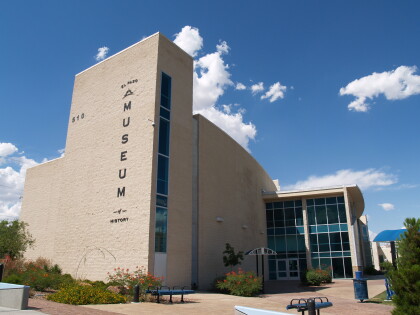
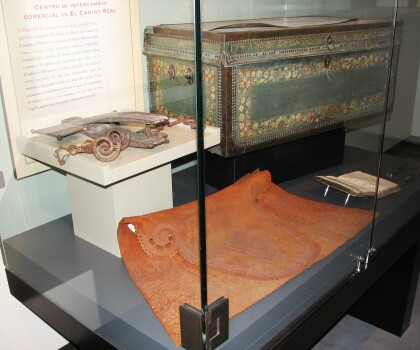
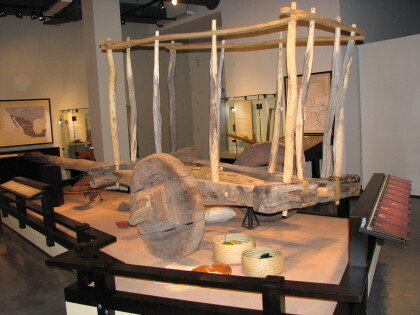
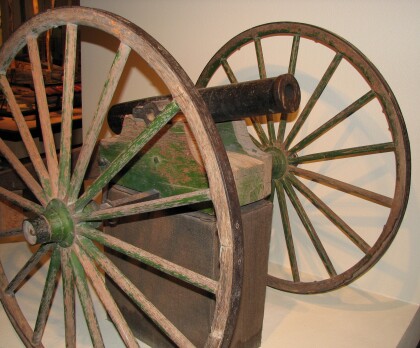
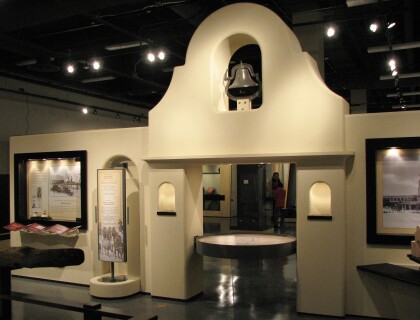
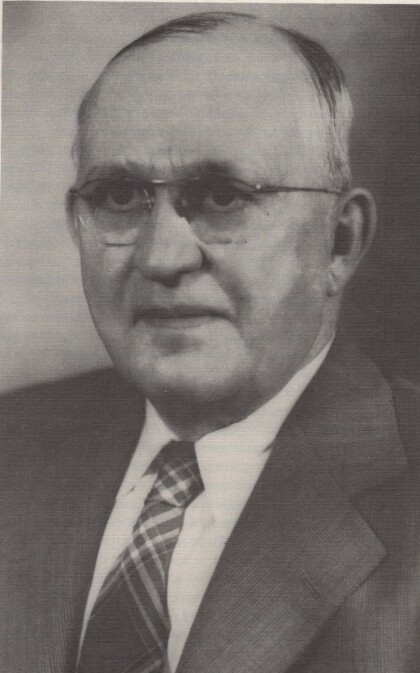
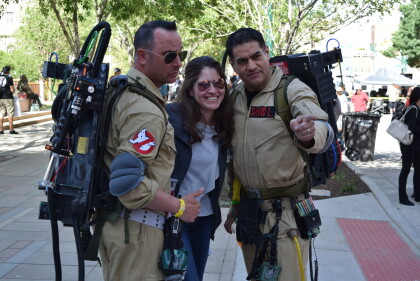
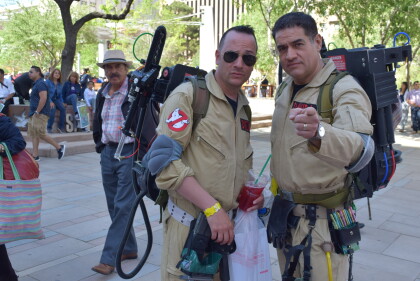

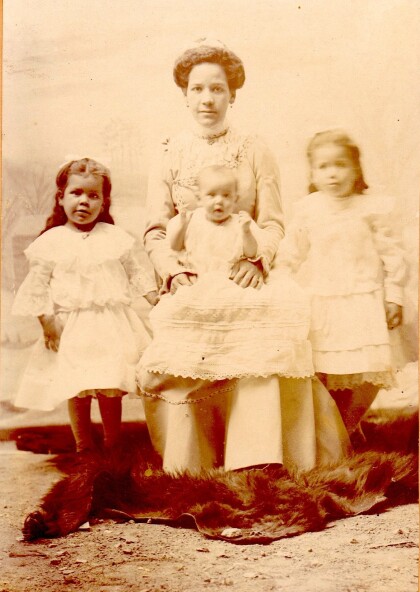
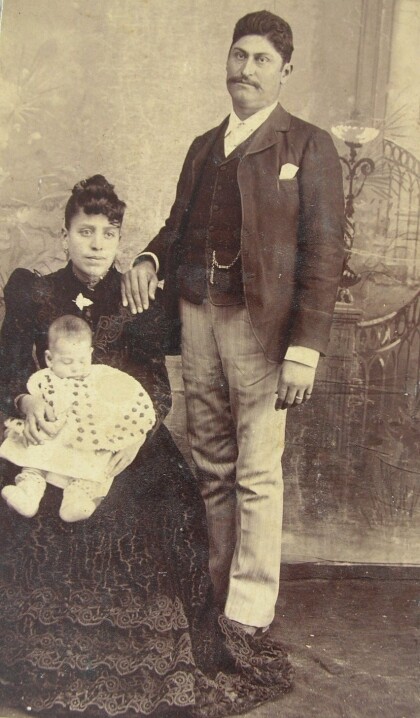
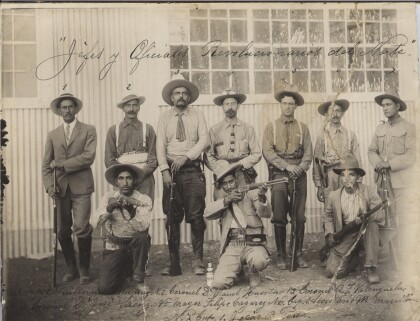
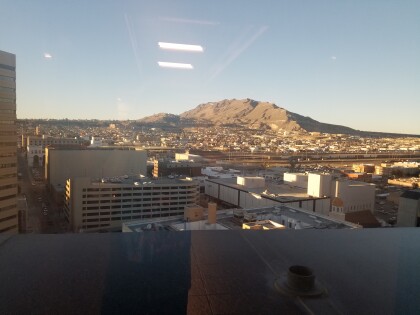
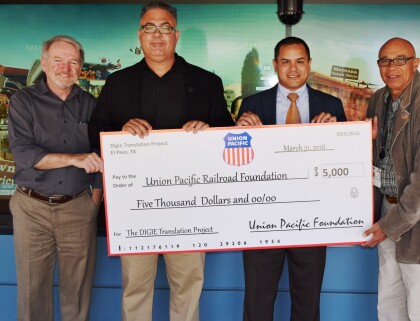

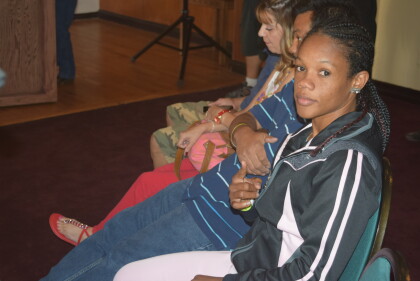
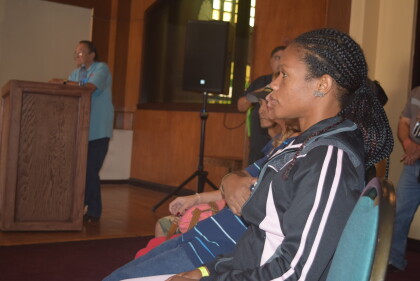

Comentarios
Hacer un comentario